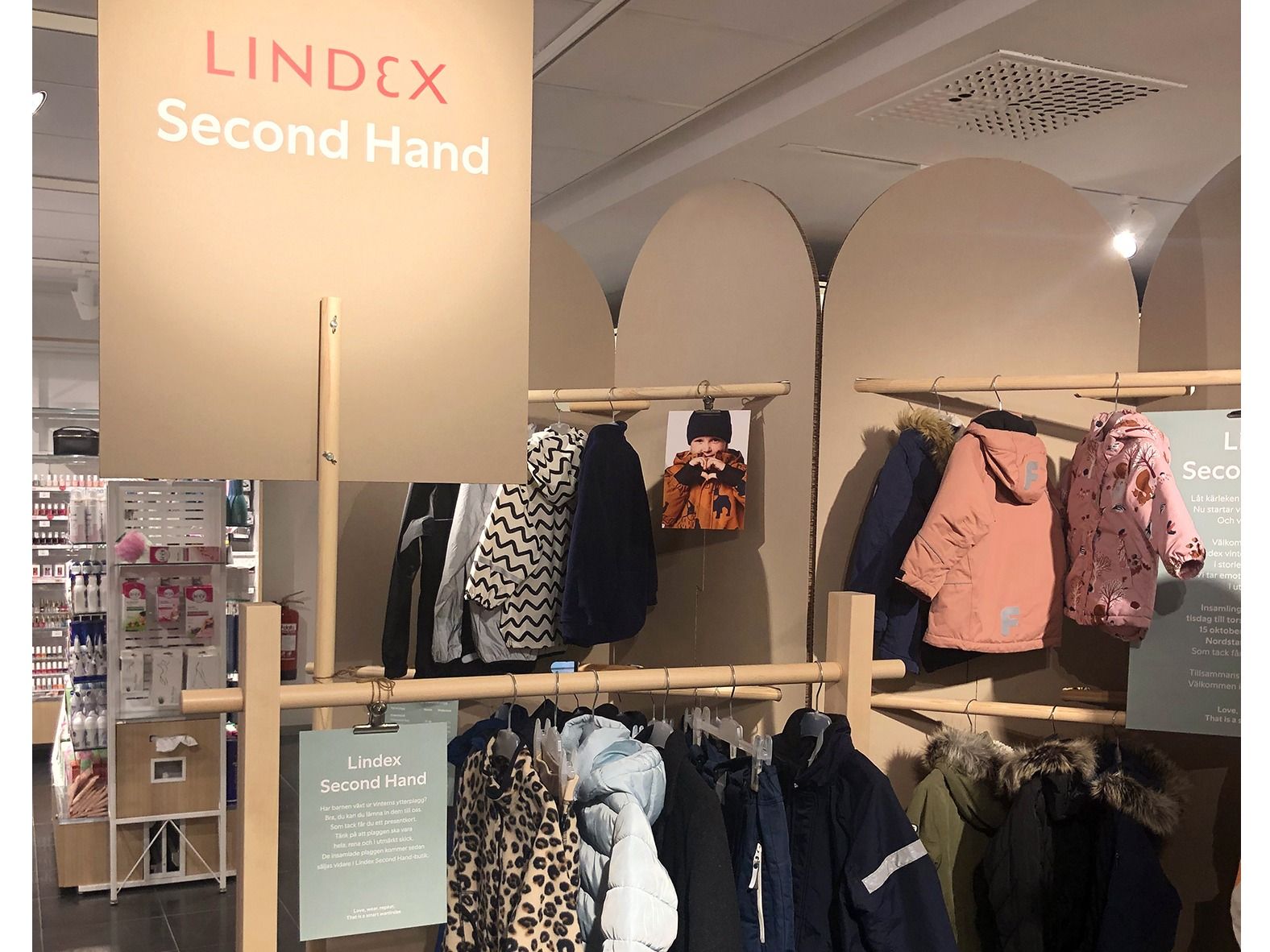Approved by curator

Added: Apr 01, 2021
Last edited: Apr 07, 2023
Lindex, an established Scandinavian fashion chain and Swedish family favourite, is one of four brands launching a circular business model this year with the support of Circle Economy.
Children outgrow their clothes fast and constantly require new garments. The purchase of new clothing is often costly and environmentally damaging.
In the pilot, Lindex has launched a take-back program for its baby and kids apparel where customers can send in pieces and receive a reward based on the quality and type of garment. The collected pieces will then be sold in a few selected Lindex stores in Sweden. Lindex’s aim has been to create a simple, playful and accessible concept and the pilot has been developed as part of the Switching Gear Project with Circle Economy. Lindex also explores a new circular approach connected to its existing in-store textile collection. In collaboration with the local partner in Norway, selected womenswear pieces that have been handed in by customers will be sold in the newest Lindex store in Oslo Byporten. The curated second-hand will feature long-time favourites from the Lindex collections and design collaborations.
The customer need
The Lindex resale business model serves two different customer needs. The take-back offers an easy and environmentally friendly solution to parents who have an unworn baby or kids' outerwear at home that they want to get rid of to make space in the closet. Meanwhile, the resale of pre-owned baby and kids’ garments offers environmentally conscious parents high-quality, functional outerwear at a good price.
The business case
The Lindex resale pilot will be launched with a geographical focus on Sweden and the short-term objective is for the model to be at least financially self-sufficient. In the long term, however, Lindex aims for the circular business model to be both scalable and profitable.
The expected positive impact
The transition towards a circular business model is part of the brand’s growth strategy with the ultimate goal to decouple growth from production volumes by ensuring all garments are designed for longevity and circularity. In the long run, Lindex wants to align its core business with its circular business model.



switch2cetextile
